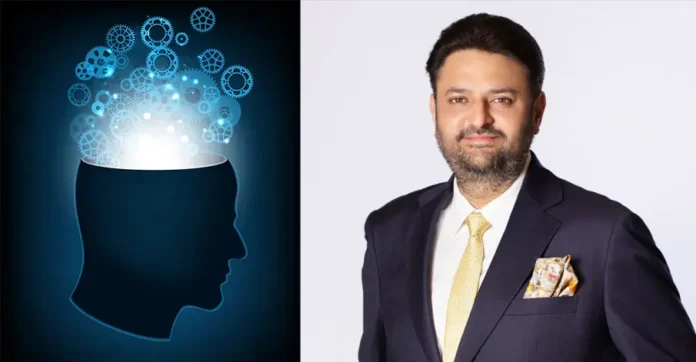
Each year India sees phenomenal convergences. Millions show up for religious celebrations such as the Kumbh Mela, cultural celebrations such as Rath Yatra, Ganesh Chaturthi and Dahi Handi, or sport celebrations such as the IPL. Each represents a celebration of happiness, togetherness and shared cultural identity. But beneath the spectacle there often comes a shadow of tragedy. Stampedes, uncontrolled rushes, and failures of planning have claimed precious lives. With the holiday season just around the corner, there has never been a greater need to reassess how India handles its public spaces. This isn’t a matter of controlling the crowds but about safeguarding the very dignity and well-being of the people.
Public festivities should not be tainted by terror but should instead bring about collective euphoria with the reassurance that all life is protected. Crowd management cannot be regarded solely as a logistical problem; it is a social responsibility. When citizens enter into a mela ground, temple courtyard, or stadium, they need to be assured that their presence has been counted for in care. Officially starting with the realization that everyone matters, officials can move beyond the reactive crisis management response to active protective response. Safety is not just about avoiding accidents, safety is about dignified protection. Packaging the right environment, the whole family, disabled persons, the young, and the old should feel confident they will be as safe as possible in equal attendance. People-first thinking makes inclusivity the real test of any successful public event.
India can avail itself of the benefits today of speedily changing technologies that, if used ethically, can change the manner in which mass gatherings are controlled. Artificial Intelligence (AI) offers the capability to assess current video streaming for aggregations of people before threshold limits are exceeded. Internet of Things (IoT), e.g., real-time location tracking or active wristbands, can be used to assess people traffic and density data in vulnerable locations. Surveillance systems, if responsibly applied, serve as silent guardians of human life and not nosy overseers.
For example, AI-enabled cameras can alert bottlenecks so interventions can be done at once. Sensor enabled alarms can alert authorities if the barricades are breached. Most importantly, while ensuring privacy and civil liberties are protected must accompany technology, the technology benefits must empower citizens.
Providing security to masses is not a responsibility that can be borne by any one authority. A smooth collaboration is essential between municipal governments, law enforcement agencies, and private event management authorities. Municipal corporations have the responsibility of organizing crowd movements, installing emergency systems, and ensuring infrastructure so that there are no choke points.
The police force has a significant duty in on-site discipline and readiness. Their training should extend beyond coercive crowd management to encompass soft skills soothing communication, conflict mediation, and understanding. Private sponsors, particularly those hosting cultural and sporting events, need to integrate safety exercises, evacuation procedures, and crowd capacity into event designs.
This shared accountability ensures that safety isn’t left to chance and that it becomes part of everything that is celebrated. People themselves must be encouraged through responsibility awareness efforts, and people need to be trained on how to act in crowd situations responsibly. India’s city sumps Delhi, Mumbai, Bengaluru, Kolkata, and Hyderabad have a distinct chance of leading the world by example on safe public experiences. These cities are already equated with size and spectacle. By focusing on crowd management innovations, they can reimagine how faith, festivity, and freedom are celebrated in a manner that inspires the world.
For example, it is possible to expand pedestrian pathways, provide back up emergency exits, and increase accessibility to build threat reduction into city planning. Smart command and control centres can be established to track events in real time. With adequate investment in training, simulations, and public education, there is a possibility that metropolitan India can demonstrate that a festive and safe experience can provide concurrent outcomes rather than conflicting outcomes.
As India faces a festival season, the importance of smarter crowd management cannot be ignored. With every tragedy in the past having contained lessons scripted in the vocabulary of loss, the time has come to act resolutely. At their simplest, safer public spaces prioritize human life over anything else. They mean guaranteeing, for example, that no parent ever has to bury their child in a flood, that no worshiper ever fears being trampled in a crowd, and that no sports fan ever feels unsafe in a venue. When delivered with care, compassion, and collaboration, public gatherings in India could fulfill their role as sites of excitement, inclusion, and collective pride.
The challenge we face is clear, to create a culture of celebration and security, where technology protects invisibly, and all citizens feel their life and dignity are being protected. In doing so, India will be able to make a national public space truly a collective space of joy.






